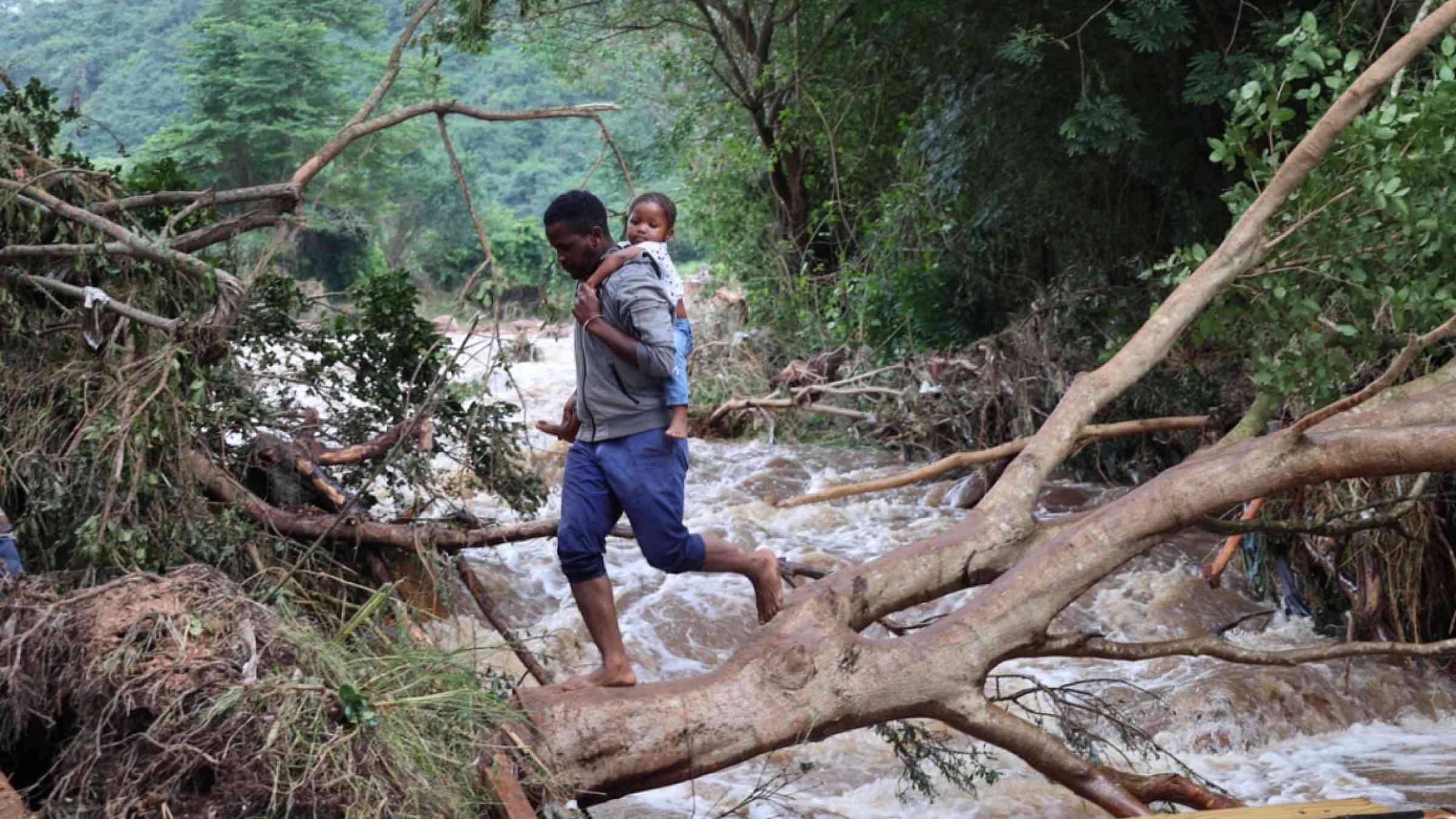New study spotlights Africa cities’ natural ability to absorb rainfall

-
Study authors at Arup say green and blue infrastructure – such as parks, gardens, ponds and lakes – hold key to cities’ ability to manage heavy rainfall and other impacts of climate change, such as extreme heat events
-
Call comes as COP27 in Sharm el-Sheikh enters its second week and focuses on how urban populations can increase resilience against effects of climate change
A new study published by Arup has revealed the “sponginess”, or natural ability to absorb rainwater, of five cities’ urban centres across Africa. This comes as leaders at COP27 in Sharm el-Sheikh turn their attention to Water Day.
Arup’s first-of-its-kind Africa Sponge Cities Snapshot studies a sample area of approximately 150 square kilometres in the urban centres of five diverse African cities – Cairo, Durban, Kigali, Lagos and Nairobi. Cairo’s urban centre emerges as 20% spongy – compared to Kigali (43%), Lagos (39%), Durban (40%) and Nairobi (34%).
Authors of the study are calling on African cities to protect their existing natural assets and to deploy these strategically to help become more resilient to climate-related challenges, such as increasing heavy rainfall events. This is an opportunity to leapfrog developing nations, particularly in the West – who during times of rapid growth failed to preserve their natural assets, instead too heavily relying on carbon intensive concrete solutions. Overall, the African cities studied were far spongier than those analysed in Arup’s global snapshot undertaken at the beginning of the year – with London 22% “spongy” and Sydney 18% “spongy”.
The call comes as Africa’s urban population is expected to triple to almost1.5 billion by 20501. Meanwhile, nearly half (44%) of all “disaster events” globally have been flood-related, with 676 floods across Africa between 2001 and 2018, which have caused $6.3 billion worth of damage. In many African cities, more than half of the population live in informal settlements, which brings unique planning and design challenges and a significant population whose homes are especially vulnerable to floods.
To create the calculations, Arup’s team used an advanced digital tool, Terrain, which applies machine learning and artificial intelligence techniques to accurately quantify the amount of green infrastructure (e.g., grass, trees) and blue (e.g., ponds, lakes), versus the amount of grey (e.g., buildings and hard surfaces). The snapshot was based on detailed satellite imagery covering an area of approximately 150 square kilometres of the city’s main urban centre. Authors supplemented this analysis with insight on soil types and vegetation, enabling them to estimate how much rainwater would be absorbed in a defined heavy rainfall event.
Millions across Africa are at risk of flooding due to the combination of climate change and rapid, unplanned urbanisation. The precious remnants of natural habitats found in many African cities are valuable assets and need to be preserved and enhanced. Nature-based solutions need to be deployed strategically to help cities become more resilient – this capacity has been lost in many western cities that have become concrete jungles. Matthew Phillips Senior Engineer
The term “Sponge City” was coined in 2013 by Professor Kongjian Yu of Peking University, describing cities that work with nature to absorb rainwater, instead of using concrete to channel it away. Natural infrastructure is not only extremely effective in managing flood water, but also on average 50% more cost-effective than man-made alternatives, delivering 28% more added value.